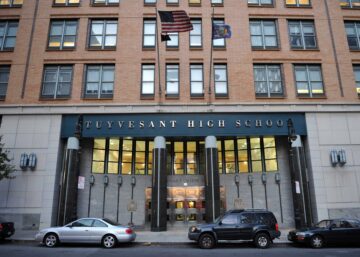by Daniel Gauss
 In the context of growing concern about educational equity, the persistent racial disparities associated with the Specialized High School Admissions Test in New York City continue to spark debate. As cities and school systems nationwide reconsider the role of standardized testing, the story of the origins of this test shed light on how deeply embedded policies can appear neutral while, in reality, reinforcing inequality.
In the context of growing concern about educational equity, the persistent racial disparities associated with the Specialized High School Admissions Test in New York City continue to spark debate. As cities and school systems nationwide reconsider the role of standardized testing, the story of the origins of this test shed light on how deeply embedded policies can appear neutral while, in reality, reinforcing inequality.
Both New York City’s civil service exam of the 1930s and the admissions test to New York City’s elite public high schools (the SHSAT) originated from a need to eliminate favoritism and political influence in acceptance policy. Both exams led to significant racial disparities. The civil service exam was reformed and government employment became more inclusive by the early 1970s, but no meaningful attempt has been made to make such adjustments in regard to the specialized high schools.
There can be no doubt that there have been lingering and chronic racial disparities at New York City’s elite and publicly-funded specialized schools following the adoption of the SHSAT. Numbers from 2024 show that Black students comprised just 4.5% of offer recipients, rising slightly from 3% in Fall 2023, but remaining far below their population percentage in the public school system (20.2%). Latinx students saw an increase to 7.6% of offers (up from 6.7%) but this still shows a major underrepresentation compared to their 28.3% share.
On the other hand, Asian students received around 52% of offers (while making up about 15% of the public school system), and White students received about 26% (while comprising about 16% of the system); together, White and Asian students accounted for roughly 78% of acceptances (Chalkbeat, June 18, 2024). These figures reflect a persistent demographic imbalance over decades.
So how did we get here? Read more »
